Jett Loe set out to document the architecture of a
South L.A. neighborhood’s past eras in an e-book
Conspicuously absent from tour books and commercial tours of Los Angeles is South L.A. Photographer and television director Jett Loe thinks that needs to change, and has created a new book on the West Adams district to highlight some of the architectural gems in the area.
Loe has documented the treasure of Craftsman, Victorian and Tudor homes of West Adams and their histories in an innovative electronic book, Untold LA. (For now, available via for Mac and iPad via iTunes, where you can download the first chapter for free.)
The book takes its viewers on an interactive neighborhood tour, with more than 500 photographs, 70 oral history audio clips and two hours of behind-the-scenes video commentary that bring the homes to life.
Loe’s wonderment about the homes and the people who live in them made his time on the project stretch from two months to two years. He spoke with Intersections about how the idea for the book came about and how his background influenced the project.
Intersections South L.A.: What is your connection to West Adams?
Jett Loe: I encountered the amazing homes of West Adams upon moving to Los Angeles in 2012 from Northern Ireland, where I was directing shows for the BBC. My wife wanted to live in a communal household and I started looking in the Harvard Heights neighborhood of West Adams. In my search, conducted by foot and bus since I didn’t have a car yet in the United States, I was amazed by the beauty of the homes in the district. Following my discoveries, I was astonished to find that no one had done a “coffee table” book of photos about them. I then launched a Kickstarter campaign to fund the book and raised $9,000 in 25 days from supporters who were excited that someone was finally documenting the neighborhood’s architecture.
What were the historical changes that contributed to the evolution of West Adams from the original wealthy section of Los Angeles into the neighborhood it has become today?
West Adams was home to the wealthy and powerful of Los Angeles during the late 1800s. If you were a doctor, banker or lawyer it was convenient for you to live in West Adams and take the streetcar Downtown. Of course, with the invention of the car people could live farther away. The rich created areas such as Beverly Hills, leaving the large, beautiful homes of West Adams to other folks. Once the original owners left, the powers of L.A. stopped focusing on the area and the media paid less attention to it. However, Japanese, African-Americans, Hispanics and others moved into the neighborhood, establishing vibrant communities. For a time it was the locus for Black political, economic and cultural power which is why West Adams was home to such greats as Marvin Gaye and Ray Charles.
What types of people have you met as a result of doing this project?
All types: From African-Americans who’ve lived here for many decades, to Japanese families who almost lost their homes during the World War II internment, to young folks who live in communal homes. The mixture of interviews and photographic portraits in the book was intentional; I wanted to show a whole spectrum of people to reflect the diversity the way I experienced it.
What made you decide to make it an e-book?
I always like to experiment with new things. An ebook allowed me to combine the interview skills I’d accumulated during my time directing television with my photography and interactive production abilities. The illuminated screen of an iPad or computer allows photographs to really ‘pop’ and for me evokes the illuminated stained glass windows that you see in so many West Adams homes.
Do you think this is the future for photography and books?
For photographers in the U.S., making a living is an ongoing challenge, in no small part to the effects of the Internet, which seems to melt like water so many established business models. Many job positions for photographers have disappeared due to the development of Internet photography. For example, jobs that a newspaper would have had a decade ago no longer exist because now there is always someone on a news scene with a mobile phone. So being a working photographer is a continual challenge. Doing a project like Untold LA with its mix of private funding though a site like Kickstarter combined with selling a version of the project through iTunes is an experiment for me in new models of photography production.
How has Untold LA changed your relationship to West Adams?
When I moved to L.A., I had never heard of West Adams. But I feel that the district deserves to be just as famous outside of Los Angeles as well known spots like the Griffith Observatory. The homes and culture of West Adams are rich, unique and beautiful. I feel privileged that I was able to document a part of it.
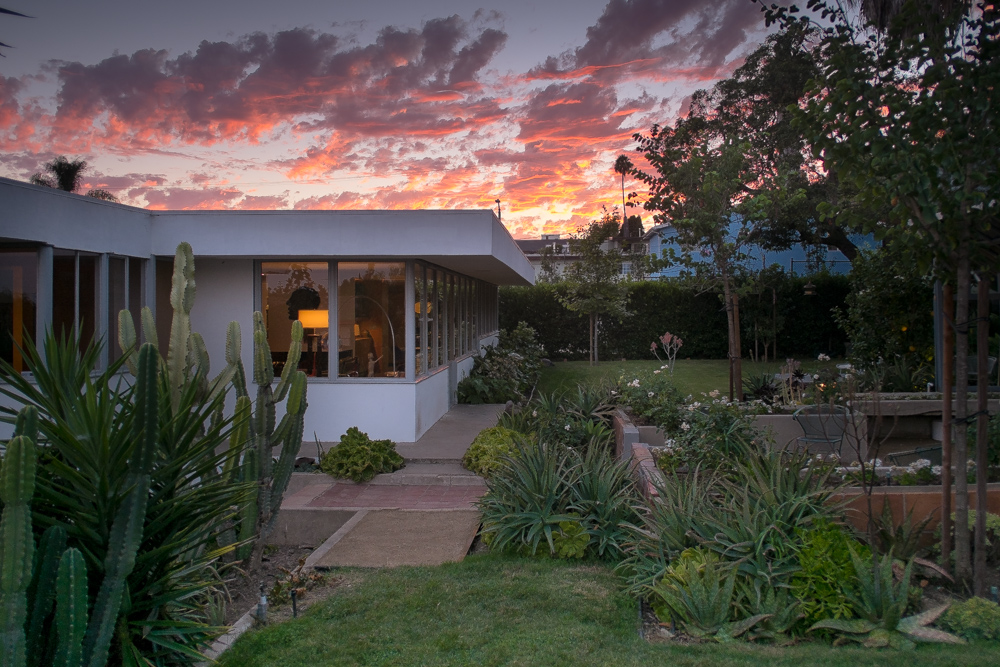
Comparatively modern next to other West Adams residences, the Lukens Home was built in 1940 | Jett Loe
Like Intersections on Facebook, follow us on Twitter and sign up for the Newsletter to stay in the loop on news and views from South L.A.









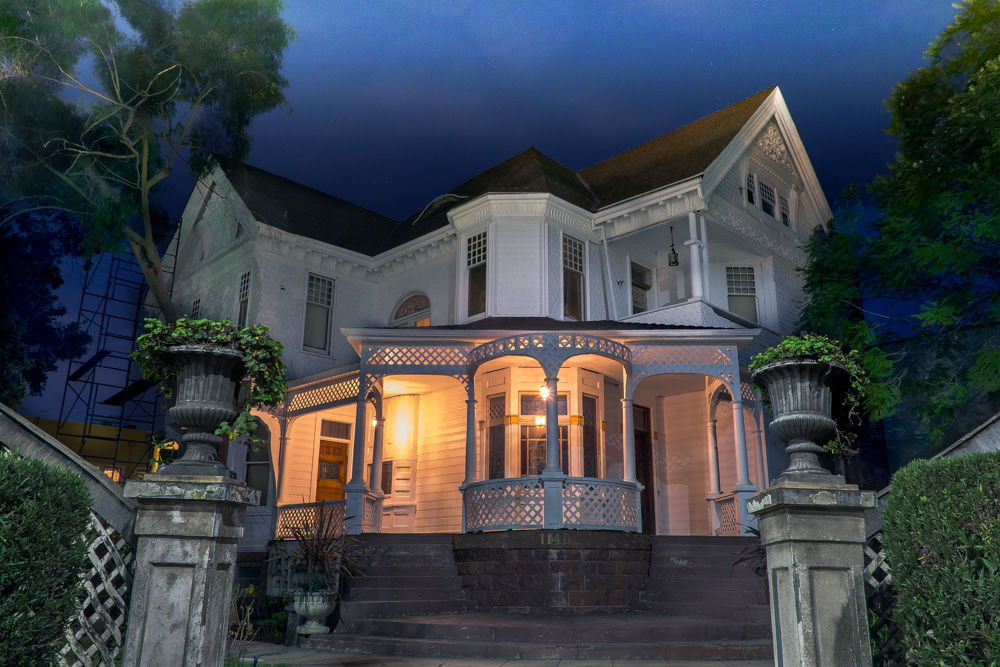

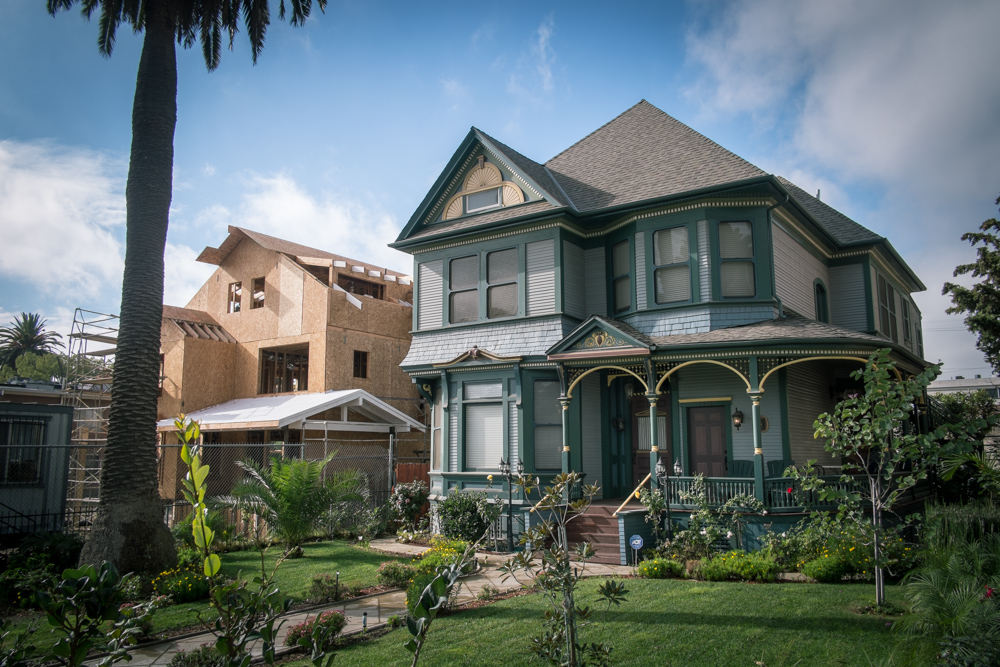
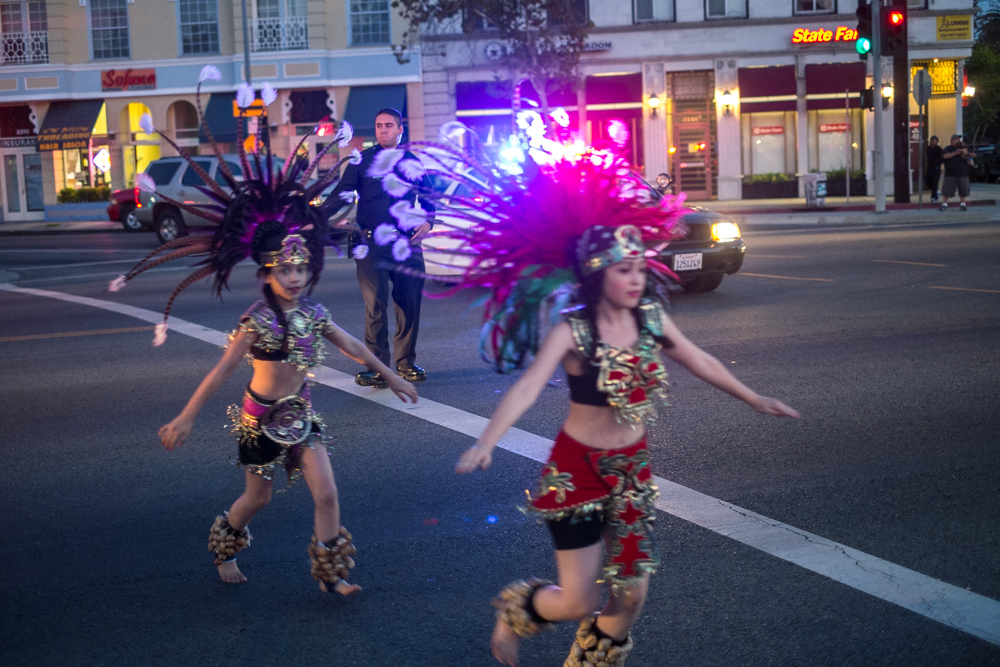

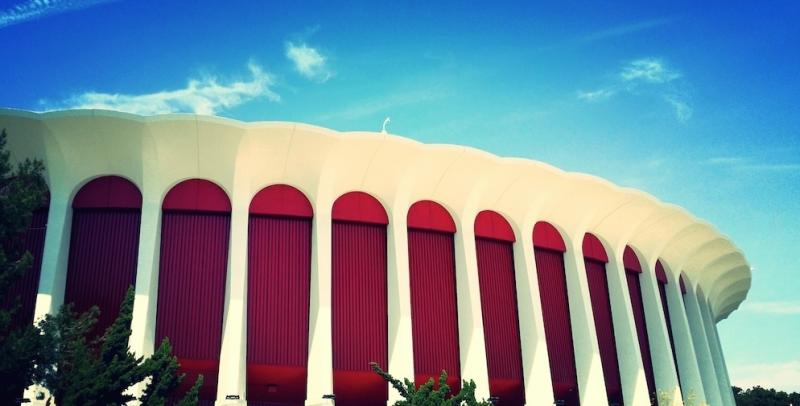
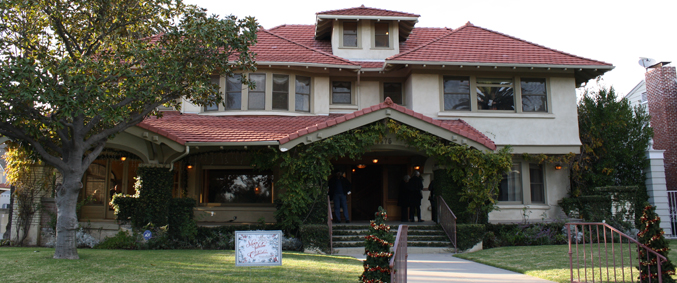
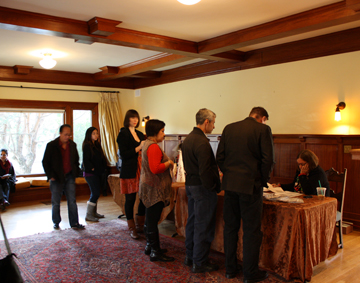 Later in the evening, groups gathered at the Welcome House for the start of the progressive dinner. Volunteers from WAHA led them through each course of the meal which was set up in a different house; from the Atomic-Age Appetizer House through the Salad and Dinner Houses, ending finally at a Spanish-style villa serving as the Dessert House.
Later in the evening, groups gathered at the Welcome House for the start of the progressive dinner. Volunteers from WAHA led them through each course of the meal which was set up in a different house; from the Atomic-Age Appetizer House through the Salad and Dinner Houses, ending finally at a Spanish-style villa serving as the Dessert House.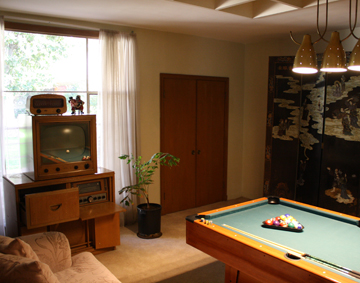 The Appetizer House is one example of this honesty. The swanky Atomic-Age residence is a Paul Williams design officially known as the Taylor Residence.
The Appetizer House is one example of this honesty. The swanky Atomic-Age residence is a Paul Williams design officially known as the Taylor Residence.  In 1983, WAHA was founded as a neighborhood association. Noticing that the majority of people moving into the area had an interest in historic homes, WAHA morphed into a preservation advocacy group.
In 1983, WAHA was founded as a neighborhood association. Noticing that the majority of people moving into the area had an interest in historic homes, WAHA morphed into a preservation advocacy group..jpg) Once the home of silent film stars and burgeoning banking and mining typhoons, the graceful streets of the West Adams neighborhood have lost their prestige. But they have not lost their architectural wealth.
Once the home of silent film stars and burgeoning banking and mining typhoons, the graceful streets of the West Adams neighborhood have lost their prestige. But they have not lost their architectural wealth..jpg) Among its many architectural styles are Transitional Arts and Crafts, Craftsman Bungalow and Mission Revival.
Among its many architectural styles are Transitional Arts and Crafts, Craftsman Bungalow and Mission Revival.




